11 Blogging Essentials That Will Lead You To Success

Creating a successful blog takes time, it can even be a full-time job. That said, there are a few blogging essentials you need to keep in mind to reach your desired goals.
If you haven’t already gotten started, you first need to establish what these goals are, both short and long term. Luckily, once you’ve got a vision for your blog, getting the ball rolling is very quick. In fact, you could probably implement most of the blogging essentials below in less than an hour.
1- Choose Your Blog’s Name And Domain Name
First things first, you need to make a name for yourself. Once you’ve decided on a name, you must secure your domain name by buying it online. Your domain name is what you type into a browser’s search bar to find a website, for example www.brandbuilders.io.
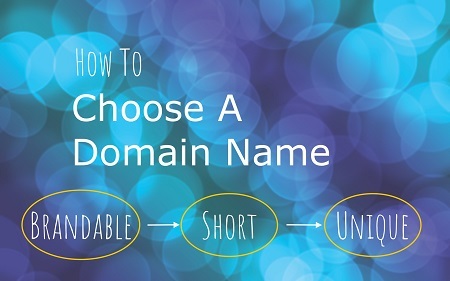
But, how do you choose the right name and domain name for your particular blog? Here’s how you could start:
- Choose a topic for your blog
- Brainstorm relevant words that spring to mind when you think about your topic
- Discard those you’re not sure about and narrow it down to those names that are simple and best describe your blog topic
- Choose a name that is simple to pronounce and type
Remember, your domain name is how your audience will identify you, so you need to choose one that best reflects your vision.
You may also find that the .com extension for your domain name may already be taken. Don’t worry though, there are now hundreds of domain extensions you can choose from.
2- Buy Hosting Space
Web hosting is what makes your blog accessible to readers through the internet. Without buying a domain name or a web hosting service, your blog will not be seen by your audience and will therefore not receive any traffic.

There are a number of ways you can buy hosting space online. Platforms like Bluehost allow you to buy your domain and host your website all in one space. You can start with a basic plan which costs less than $3 a month and upscale if you need additional storage space.
3- Consider Using A Content Management System (CMS)
While you can a hire a web developer to code everything into place for you, the best way to start your blog is with a blogging platform, also known as a Content Management System (CSM). Most of them have free plans and are extremely user-friendly.
Bluehost, in particular, offers a simple one-click installation of WordPress. Through WordPress, you can easily create, edit, and publish content. Please note that while free blogging platforms are great to get started, they can be limiting for creating a large, revenue-generating blog.
4- Get Your Style Right
One of the most important blogging essentials is to get your style right. You can do so by looking at the mound of themes available on your blogging platform. You can also work with a web developer who can design your website from scratch.
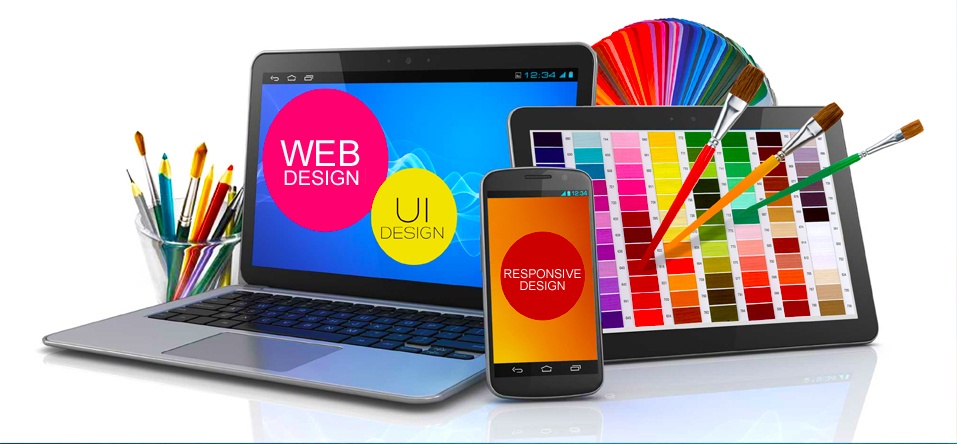
Free themes can be limiting as they will not offer the same level of functionality as their paid counterparts. While you can change the style of your blog over time, choosing one you believe you will stick with will help your audience identify you from a design point of view.
5- Install Essential Blog Plugins
Plugins are small programs you can add to your website to further customize the functionality and visual appeal of your blog. There are now thousands if not millions to choose from, many of which are free.
WordPress alone offers its users more than 50,000 plugins, so imagine how many there are scattered across the internet.
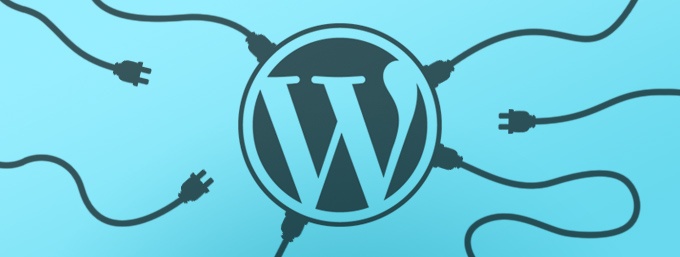
Apart from offering your audience a better user experience, plugins can help you with your Search Engine Optimization (SEO), social media management, brand awareness, analytics, and lead generation, just to name a few.
6- Generate Interesting And Thought Provoking Content
Being unique is essential, but your content also needs to have a purpose. At the very least it needs to be interesting or thought provoking. Try and write your content in a way that is different to other pieces on the web today. In other words, give it a special spin.
Your content can also be thought provoking through its imagery and other media. Adding a featured image to each post you write can have a seriously positive impact on your audience’s user experience.
Adding media to your posts also makes each one of them more identifiable on social media channels. If you don’t have your own images, you can find some on websites such as Pixabay, Flickr, and Getty Images.
7- Create An Internal Linking Strategy
Internal linking is when you link to related pages within your blog posts. It’s a great way to introduce readers to other relevant posts without increasing your bounce rate. When creating your blog posts you should adhere to an internal linking strategy.
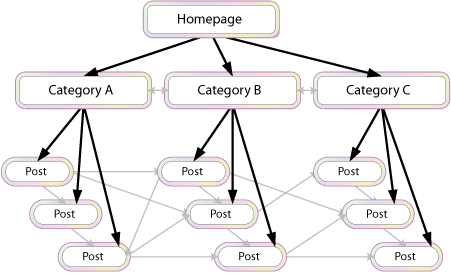
To do so, you must:
- Create a substantial amount of content
- Link to other pages within your site that are not your major website pages
- Link to content that is interesting
- Try to aim for a minimum of three valuable internal links in each post
8- Create A Newsletter With An Email List
If you’re looking at how to start a blog successfully, you must consider ways in which you will keep your readers informed.
Your blogging essentials should include an email subscription that your audience can sign up for to receive any promotions, sneak previews or just to stay up-to-date with new content on your blog. You can send all the above to them in the form of a newsletter.
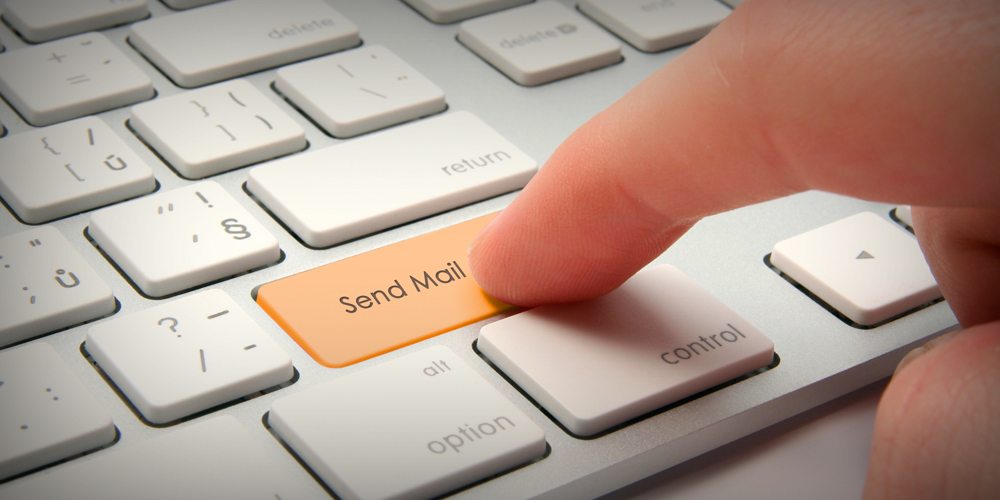
You can use a free plugin to create a pop up that reminds your users to subscribe. To avoid frustrating your readers, this should appear only once within 30 to 60 seconds of them arriving on your website.
You should also add a call to action to every one of your posts and offer your readers the chance to subscribe on each page of your website.
Lastly, you can create your newsletter by using a platform such as MailChimp or outsource this service to an email list company. This will depend on the amount of free time you have and your budget.
9- Optimize, Optimize, Optimize
Your SEO strategy should be at the top of your list of blogging essentials. While you never want to compromise your content’s quality for the sake of SEO, you should consider doing a little keyword research to make your blog posts more discoverable.
SEO is an extremely powerful tool, and you don’t have to be a marketing whizz to learn the basics of it. Use tools such as Google Adwords and SEMrush to find out which terms your audience is most likely to use to research your subject matter.
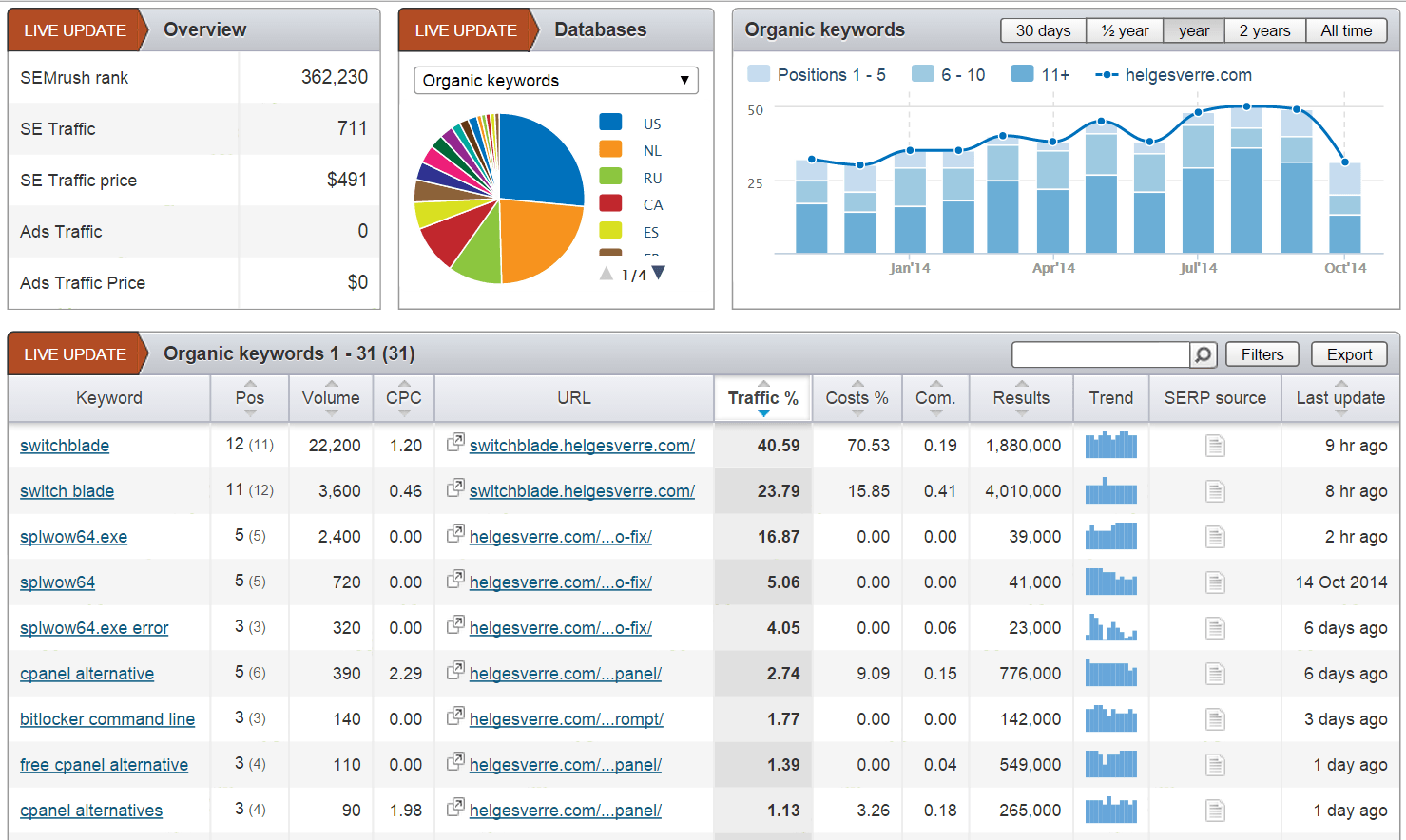
Yoast SEO is a free plugin that offers a very simple way of understanding and implementing a level of SEO to each page and blog post on your website. The plugin uses a traffic light color coding system that gives you a quick overview of your site’s SEO.
10- Keep Your Information Safe
You need to think about security before you get hacked. By simply downloading the wrong version of a plugin or CMS platform, you could put yourself at risk, and the repercussions could be extremely destructive to your reputation.
Your blog has access to a mound of information about your readers, your products, and potentially your banking details. To make your website more secure, consider doing the following:
- Choose a strong password and username for yourself and any admin on your website
- Install a reputable and reliable security plugin that is up-to-date
- Keep your CMS updated at all times to avoid hackers
Keeping all the above up-to-date will not only keep you safe but also allow you to speed up your website, offering your readers a better user experience.
11- Share Your Content On Social Media
You can’t expect to start a blog and have millions of subscribers within your first month. To get the following you want, you must spread the word.
Start by setting up profiles on some of the most popular social media platforms, for example, Facebook, Twitter, and Instagram. From there, share your content with your readers and encourage them to like or follow your pages.
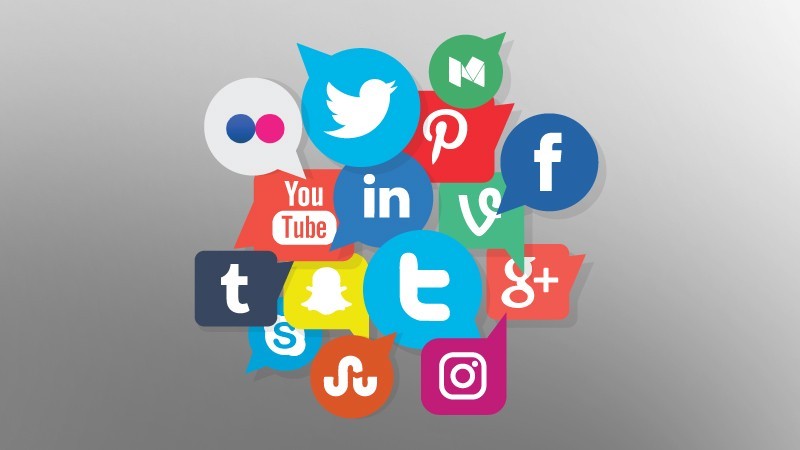
Your social media profiles will quickly become a new form of visitor stream, so feed your pages with valuable content that your readers will engage with. To make your profiles more discoverable create a hashtag strategy specific to your industry, brand, and blog name.
Incorporate buttons for your social media pages to each and every one of your posts so that your audience can share and like your content easily.
Lastly, social media marketing is a job in itself, so if you do not have the time to manage multiple profiles on a daily basis, create a HootSuite or Buffer account to automate some of these processes.
Final Thoughts
Starting a blog can be extremely challenging. Aside from the amount of time you will have to invest to make it a success, you also need the right set of tools to reach your desired audience.
You need to make sure you choose an interesting topic to write about, while also adding your own personal twist to each post to set yourself up as a thought leader in your industry. When learning how to start a blog, you must be willing to learn as you grow and network with the right people in the right places to get your blog in front of the right eyes.
By implementing the blogging essentials mentioned above, you’ll be able to catapult your blog to success.
Resouroces

